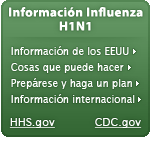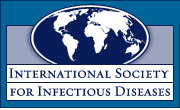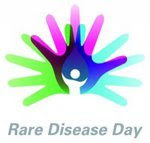Making Health Care Safer
Antibiotic Rx in Hospitals: Proceed with Caution
March 2014
 1 in 2
1 in 2
More than half of all hospital patients receive an antibiotic.
 3x
3x
Doctors in some hospitals prescribed 3 times as many antibiotics as doctors in other hospitals.
 30%
30%
Reducing the use of high-risk antibiotics by 30% can lower deadly diarrhea infections by 26%.
Antibiotics save lives, but poor prescribing practices are putting patients at unnecessary risk for preventable allergic reactions, super-resistant infections, and deadly diarrhea. Errors in prescribing decisions also contribute to antibiotic resistance, making these drugs less likely to work in the future.
To protect patients and preserve the power of antibiotics, hospital CEOs/medical officers can:
- Adopt an antibiotic stewardship program that includes, at a minimum, this checklist:
- Leadership commitment: Dedicate necessary human, financial, and IT resources.
- Accountability: Appoint a single leader responsible for program outcomes. Physicians have proven successful in this role.
- Drug expertise: Appoint a single pharmacist leader to support improved prescribing.
- Act: Take at least one prescribing improvement action, such as requiring reassessment within 48 hours to check drug choice, dose, and duration.
- Track: Monitor prescribing and antibiotic resistance patterns.
- Report: Regularly report to staff prescribing and resistance patterns, and steps to improve.
- Educate: Offer education about antibiotic resistance and improving prescribing practices.
- Work with other health care facilities to prevent infections, transmission, and resistance.
Issue Details
Problem expanded
Poor antibiotic prescribing harms patients
Antibiotic prescribing practices vary widely and errors are common.
- About half of patients receive an antibiotic for at least one day during the course of an average hospital stay.
- The most common types of infections for which hospital clinicians wrote antibiotic prescriptions were lung infections (22%), urinary tract infections (14%), and suspected infections caused by drug-resistant Staphylococcus bacteria, such as MRSA (17%).
- About 1 out of 3 times, prescribing practices to treat urinary tract infections and prescriptions for the critical and common drug vancomycin included a potential error – given without proper testing or evaluation, or given for too long.
- Doctors in some hospitals prescribed up to 3 times as many antibiotics as doctors in similar areas of other hospitals. This difference suggests the need to improve prescribing practices.
Poor prescribing puts patients at risk.
- Although antibiotics save lives (for example, in the prompt treatment of sepsis, a life-threatening infection throughout the body), they can also put patients at risk for a Clostridium difficile infection, deadly diarrhea that causes at least 250,000 infections and 14,000 deaths each year in hospitalized patients.
- Decreasing the use of antibiotics that most often lead to C. difficile infection by 30% (this is 5% of overall antibiotic use) could lead to 26% fewer of these deadly diarrheal infections. These antibiotics include fluoroquinolones, β-lactams with β−lactamase inhibitors, and extended-spectrum cephalosporins.
- Patients getting powerful antibiotics that treat a broad range of infections are up to 3 times more likely to get another infection from an even more resistant germ.
SOURCE: CDC Vital Signs, 2014
SOURCE: CDC Vital Signs, 2014


































No hay comentarios:
Publicar un comentario